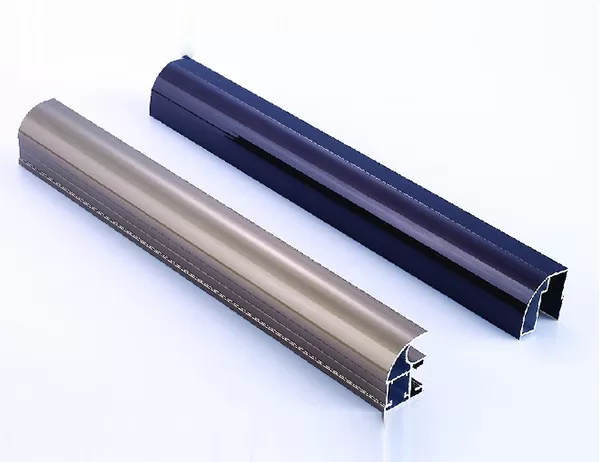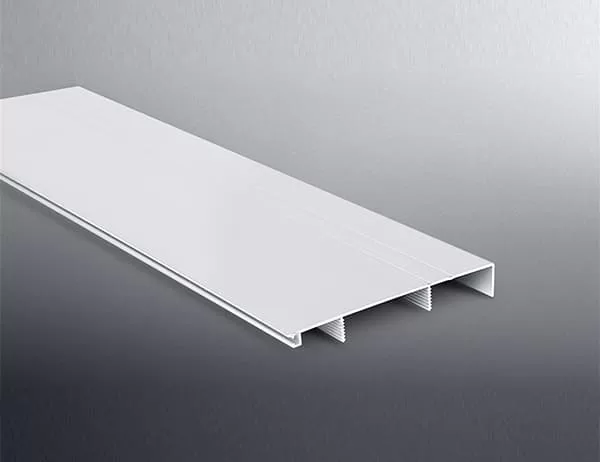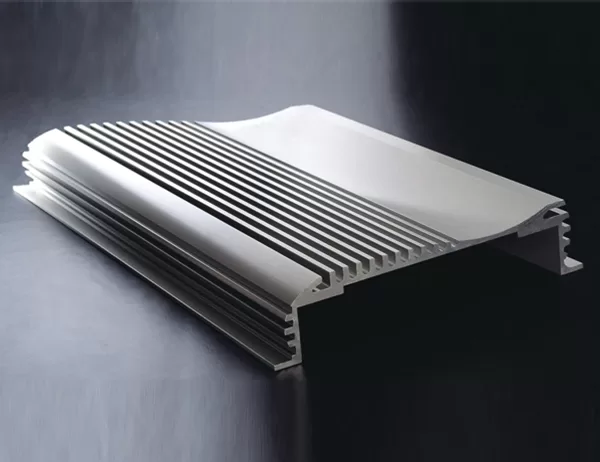In the realm of interior design, minimalism has emerged as a dominant force, emphasizing simplicity, clean lines, and a curated aesthetic. Aluminum furniture profiles have become an integral part of this design philosophy, offering a unique combination of functionality and style. This article delves into the benefits and applications of aluminum furniture profiles within minimalist interiors.
Versatility and Durability
Aluminum is renowned for its versatility and durability, making it an ideal material for furniture construction. Its lightweight nature allows for easy handling and transportation, while its strength ensures long-lasting performance. Aluminum furniture profiles are resistant to corrosion, rust, and fading, making them suitable for both indoor and outdoor use. They can withstand daily wear and tear, ensuring a pristine appearance over the years.
Space Optimization
Minimalist interiors are characterized by their efficient use of space. Aluminum furniture profiles contribute to this goal by offering space-saving solutions. Their slender profiles and ability to be customized to specific dimensions allow for compact and functional arrangements. For instance, thin-walled aluminum profiles can be used to create sleek storage systems or space-dividing screens without sacrificing precious square footage.
Modern Aesthetics
Aluminum furniture profiles embody the minimalist aesthetic with their clean lines and sleek finishes. Their metallic luster adds a touch of sophistication and elegance to any space. The profiles can be anodized or powder-coated in a wide range of colors, allowing for customization to match specific design schemes. From brushed silver to matte black, aluminum profiles provide a timeless and visually striking element that complements minimalist interiors.
Thermal and Acoustic Insulation
In addition to their aesthetic appeal, aluminum furniture profiles offer practical benefits. Aluminum is a highly conductive material, providing excellent thermal insulation. This property helps regulate indoor temperatures, reducing energy consumption and creating a more comfortable living environment. Furthermore, aluminum furniture profiles can be used to construct acoustic panels or dividers, absorbing sound waves and reducing noise pollution. This feature enhances privacy and creates a peaceful atmosphere.
Sustainability
Sustainability is a growing concern in interior design, and aluminum furniture profiles align with this trend. Aluminum is a recyclable material, reducing its environmental footprint. Additionally, these profiles are designed for longevity, minimizing the need for frequent replacements and contributing to waste reduction. By choosing aluminum furniture profiles, homeowners can create a stylish and environmentally conscious living space.
Applications in Minimalist Interiors
Aluminum furniture profiles find numerous applications within minimalist interiors. They can be utilized in a variety of ways, including:
– Furniture Frames: Aluminum profiles form the structural skeleton of minimalist furniture, creating durable and lightweight pieces.
– Cabinetry: Aluminum profiles are used to construct sleek and modern cabinetry, providing ample storage without overloading the space.
– Lighting Fixtures: Aluminum profiles can be used to create custom lighting fixtures, such as pendants, wall sconces, and floor lamps, adding a touch of functionality and style.
– Wall Cladding: Aluminum profiles can be installed as wall cladding, providing a durable and aesthetically pleasing surface that complements minimalist interiors.
Conclusion
Aluminum furniture profiles have revolutionized the design of minimalist interiors. Their versatility, durability, space optimization, modern aesthetics, and practical benefits make them an essential element in creating clean, functional, and stylish living spaces. By incorporating aluminum furniture profiles into their designs, homeowners and interior designers can achieve a minimalist aesthetic that is both timeless and environmentally conscious.




